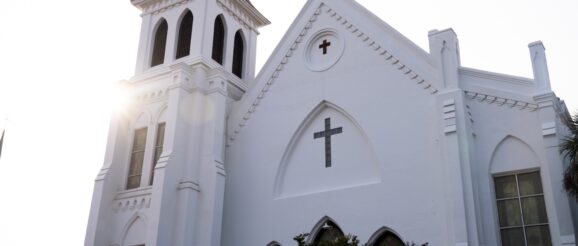‘Mother Emanuel’ is a history of the Charleston church, 10 years after shooting

CHARLESTON, South Carolina — June 17 marks 10 years since a deadly mass shooting at Mother Emanuel African Methodist Episcopal Church shocked the nation. A white supremacist, intent on starting a race war, opened fire during Wednesday night Bible study, killing nine Black worshippers as they bowed their heads in prayer.
“I was here the night when it happened, but I left before he came in and did the damage,” says longtime church member Theodora Watson.
“I still don’t forgive him because you took something out of us and out of this church,” she says of the shooter Dylann Roof, now on federal death row for the murders.

Twice a day, the church bells toll nine times, one for each of the Black worshippers killed, now memorialized as the Emanuel 9. They are the Rev. Clementa Pinckney, Cynthia Graham Hurd, Susie Jackson, Ethel Lee Lance, Depayne Middleton-Doctor, Tywanza Sanders, Daniel Simmons, Sharonda Coleman-Singleton and Myra Thompson. Five others survived — Polly Sheppard, Tywanza’s mother Felicia Sanders and her granddaughter, and the pastor’s wife, Jennifer Pinckney and one of their daughters.
“The church was violated,” says Melvin Graham, brother of Cynthia Hurd. “The family was violated, the community was violated.”
Even a decade later, the memories are fresh for the parishioners here, and it’s hard for them to welcome strangers as their faith demands.

“I try to help people understand that we as the church still experience trauma,” says the current pastor, the Rev. Eric Manning. “Every day I come into what was a crime scene. The space where people lost their lives.”
Reporter Kevin Sack’s new book frames the tragedy by looking at the historical legacy of the oldest Black congregation in the South, known affectionately as “Mother Emanuel” for its role is establishing the AME faith.
The Rev. Manning says healing can only come if the congregation leans into that tradition.

“We need to be intentional to make sure that we are carrying a message of hope, of resilience and of restoration,” Manning says.

The following exchange has been lightly edited for length and clarity.
Interview Highlights


